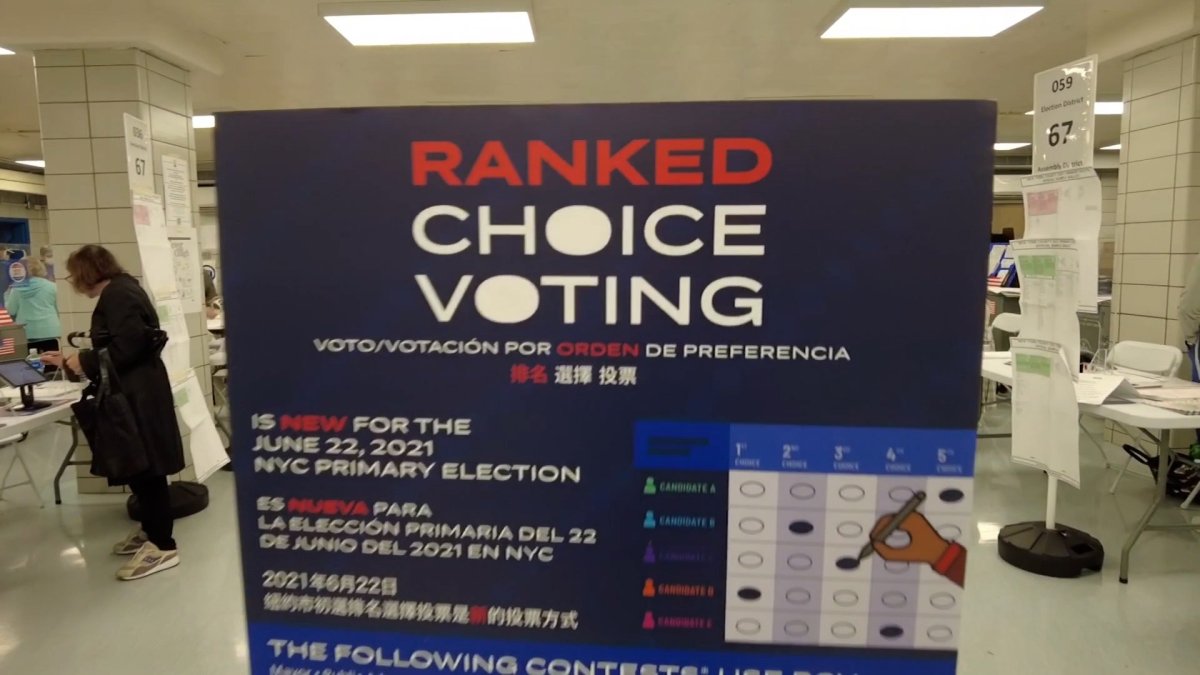New York City’s Board of Elections is set to release the first round of ranked choice voting results later on Tuesday. But what does it mean for the races — and could there be any surprises? Here’s a breakdown.
State Assemblyman Zohran Mamdani is already considered the presumptive Democratic mayoral nominee after his surprising performance last Tuesday in the primary, in which he shocked frontrunner Andrew Cuomo. The former governor said that night he had called Mamdani to congratulate him on the victory, so it doesn’t appear likely at all there will be surprises coming in the mayoral primary.
However, that was not the only primary held. There are still New York City Council races still in question. A total of 30 City Council districts held contested primaries.
The BOE will run the ranked choice voting rounds at noon. The results will be made available to the public via a link on the BOE’s website.
The initial report will include elimination rounds based on in-person voting (early voting and day-of) and mail-ballots processed by Primary Day. Another update will be released next Tuesday, on July 8, which will include additional ballots, such as those that are still arriving by mail.
The final results will be certified on July 15th.
How does ranked choice voting work?
In New York City’s version, voters ranked up to five candidates, from first to last, on the ballot.
If one candidate is the first choice of a majority of voters — more than 50% — that person wins the race outright, just like in a traditional election.
If nobody hits that threshold, ranked choice analysis kicks in. That was the case for the Democratic mayoral primary, where Mamdani held a lead but did not win more than 50% of the vote.
Vote tabulation is done by computer in rounds. After the first round, the candidate in last place — the candidate ranked No. 1 by the fewest amount of people — is eliminated. The computer then looks at the ballots cast by people who ranked that candidate first, to see who they ranked second. Those people’s votes are then redistributed to their second choices.
That process then repeats. As more candidates are eliminated, voters’ third, fourth and even fifth choices could potentially come into play. Rounds continue until there are only two candidates left. The one with the most votes wins.
The July 1 tabulation could potentially give a clear picture of who won, but the result won’t be official. Further rounds of ranked choice analysis will be done as additional absentee ballots come in until the board certifies the election July 15.
